September 2024
OUR TRAVELS IN JAPAN
A dream that had been growing quietly for years finally came true. As we hopped onto the plane to fly to Tokyo, we knew our biggest adventure has just started.
Here’s how we travelled, what we did, and how much we spent in the first country of our year-long travel.
IN NUMBERS
29
days
11
beds
S$90.6
average daily expense
(per person)*
*Daily allowance covering accommodations, food, local transport, attractions etc. Excludes flights.
’S$’ refers to Singapore dollars. S$1 ≈ US$0.75
PLACES WE VISITED
Tokyo • Kumamoto • Kamikochi • Hakuba • Fujikawaguchiko • Kyoto • Osaka • Hiroshima • Fukuoka • Kumamoto
THESE STOLE OUR HEARTS
Favourite place: Amakusa
Favourite experience: hiking Mount Shirouma
Favourite meal: Dessert at Amato Moguraya, Osaka
EXPENSES UNPACKED
Travelling on a tight budget of SGD 90 (≈ USD 67) per person per day means every expense counts. It’s a challenge, but it pushes us to prioritize meaningful experiences over luxuries. In this section, we break down how much we spent, category by category, so you can see how we made it work - and maybe even get some inspiration for your own travels!
As you can see from the topline number, our average daily expenses exceeded our budget by SGD 0.60! Dang, what a way to start our 1-year journey. We knew Japan was expensive but we secretly hoped that we could stay under the budget.
| Category | Expenses |
|---|---|
| Accommodations | S$1,850 |
| Food | S$1,240 |
| Attractions | S$260 |
| Flights | S$960 |
| Transport | S$1,560 |
| Misc | S$340 |
HOW WE (TRIED TO) SAVE MONEY
Travelling through Japan on a budget meant getting creative. We took two overnight buses, killing two birds with one stone: saving on accommodation and covering long distances. Instead of shelling out for the pricey shinkansen, we stuck to buses whenever we could.
Food-wise, we leaned into budget-friendly options. Supermarket bentos were a lifesaver, especially in the evenings when they go on discount. We also cooked a few meals when staying at accommodations with kitchens, which gave us a break from eating out and stretched our budget even further (we found that, in grocery stores, meat was generally cheaper while vegetables were generally more expensive than where we are from).
We even attempted a Konbini Date Night - only using items from convenience stores!
Free activities were another big win: in Tokyo, we watched the tuna auction at Toyosu Fish Market, joined a free guided tour of the Imperial Palace, and wandered iconic spots like Shibuya Crossing and Shinjuku. Even the Tokyo Metropolitan Government Building gave us stunning views - for free! Walking and exploring the cities this way made for great and affordable experiences.
Since we’re working while we travel (editing videos, planning itineraries etc) our expenses are definitely not at vacation levels. We’re making the most of our time without burning through our wallets.
WHAT SURPRISED US ABOUT COSTS
Japan is known for being pricey in some ways and praised for being budget-friendly in other ways. But the cost of intercity travel surprised us. Long-distance bus rides added up fast - like the 7,300 yen each for Osaka to Hiroshima or 7,200 yen for Kawaguchiko to Kyoto. While taking the buses helped save us some money instead of taking the shinkansen, the buses weren’t as cheap as we’d hoped. Turns out, moving around Japan can really eat into the budget! Would we have cut out some cities to save money? Probably not, but we could have planned our route better.
HOW WE COULD HAVE SAVED MORE
Our accommodation in Tokyo was one of the more expensive ones we stayed in. We chose an apartment on Airbnb for the space to work and cook, and while it was small, it worked well for us. To save some money, we could have opted for capsule hotels or spent fewer days in Tokyo.
Also, booking our accommodation earlier could have helped us secure better deals. But since it was the first country on our one-year adventure, we were still figuring out the balance between comfort, practicality, and savings.












